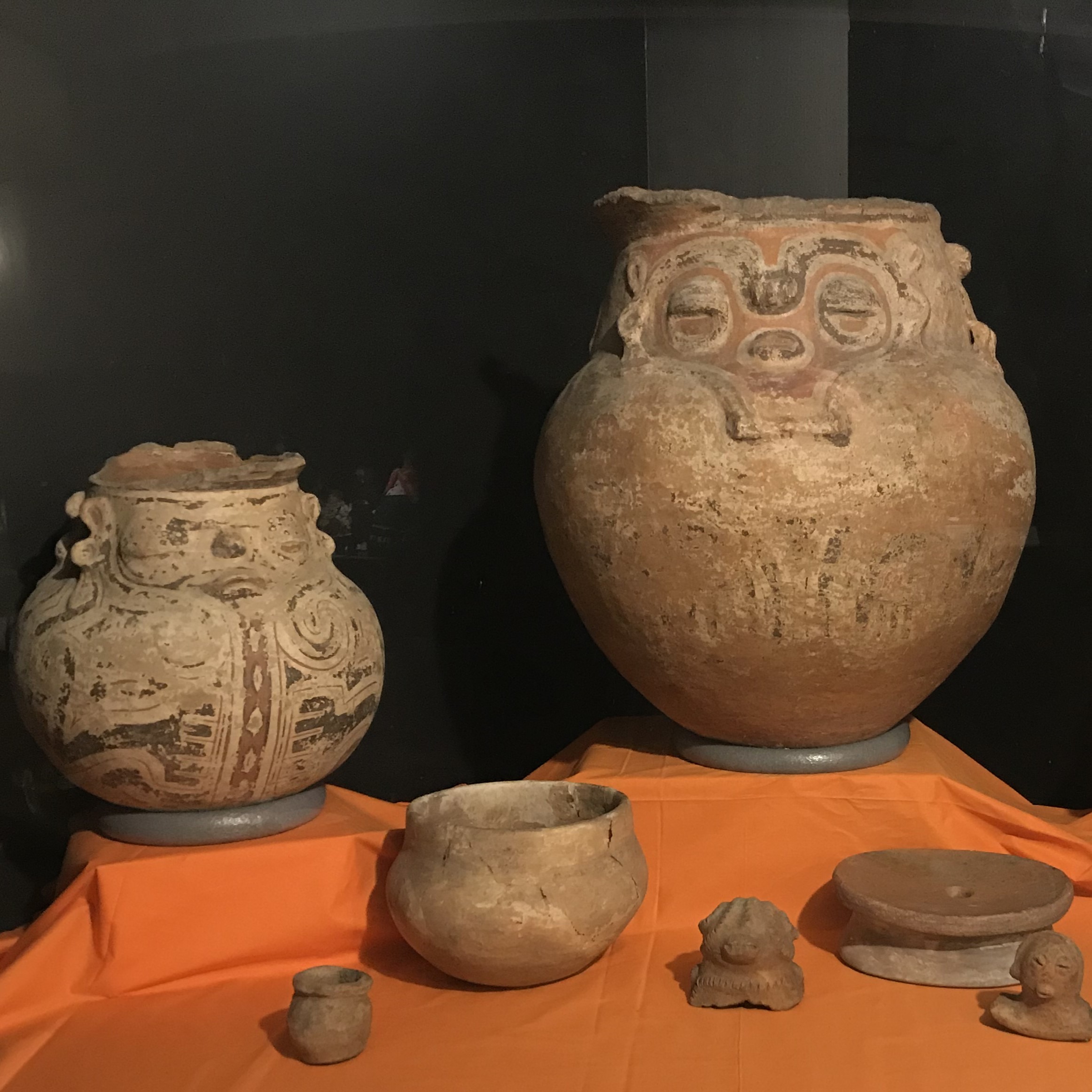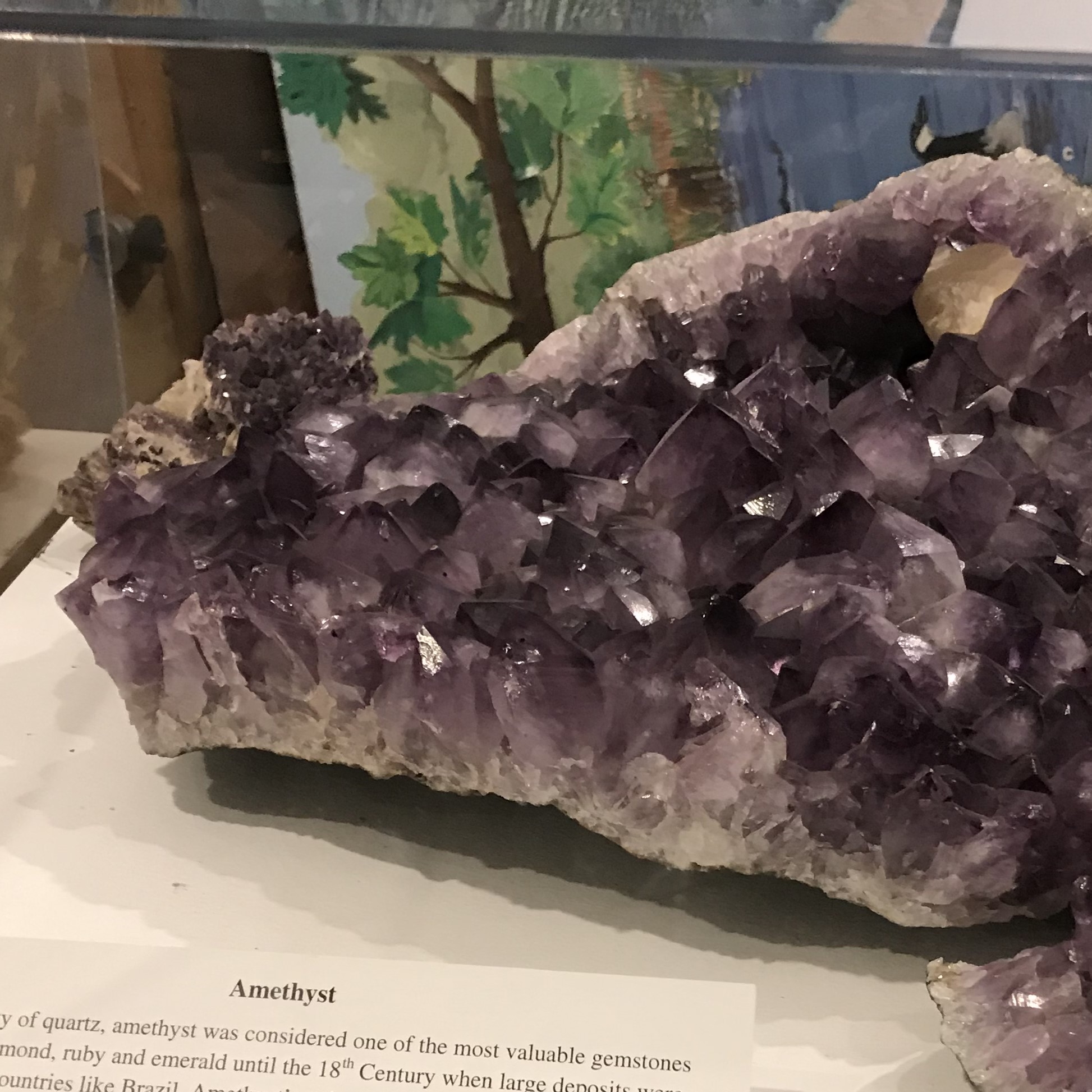





Stories from Storage: Brook trout
To coincide with Fish Amnesty Day, a holiday meant to draw attention and appreciation to our favorite scaly underwater friends, we take a look at one of the interesting fish mounts in Kingman’s collection: the brook trout.
Brook trout go by a variety of names, including speckled trout, brook char and squaretails, but are largely known by two distinct names based on where they live and how they migrate. Coasters, found in Lake Superior, migrate and spawn entirely in fresh water and can measure up to 2 feet long and weigh over 15 pounds. Salters, on the other hand, reside from New York to Hudson Bay, grow smaller than their coaster cousins, and migrate from the sea upriver. These fish eat a variety of things including small insects, worms, crustaceans and zooplankton.
While many animals are either endangered and decreasing in population or introduced to non-native areas and now invasive, brook trout have the distinction of being both thanks to humans. Introduced populations of these fish into waters outside their range, south as Yellowstone National Park, have out-competed native trout populations while causing their own numbers to soar. On the flip side, native brook trout populations in Lake Superior and the Northeast have suffered due to pollution, introduction of competing species, and damming of migration routes, causing many native populations to nearly go extinct.
Much of the brook trout’s troubles, and those of many other fish, come from the difference between native and non-native fish – to learn more about how to spot the difference and what to do if you see something that doesn’t belong, check out this page from the National Park Service.


